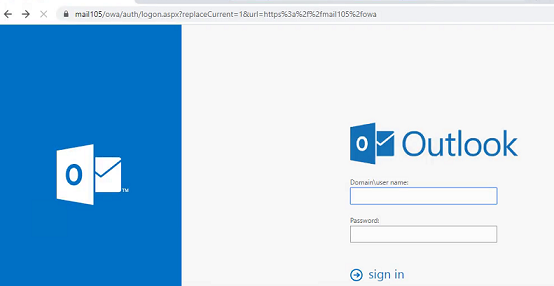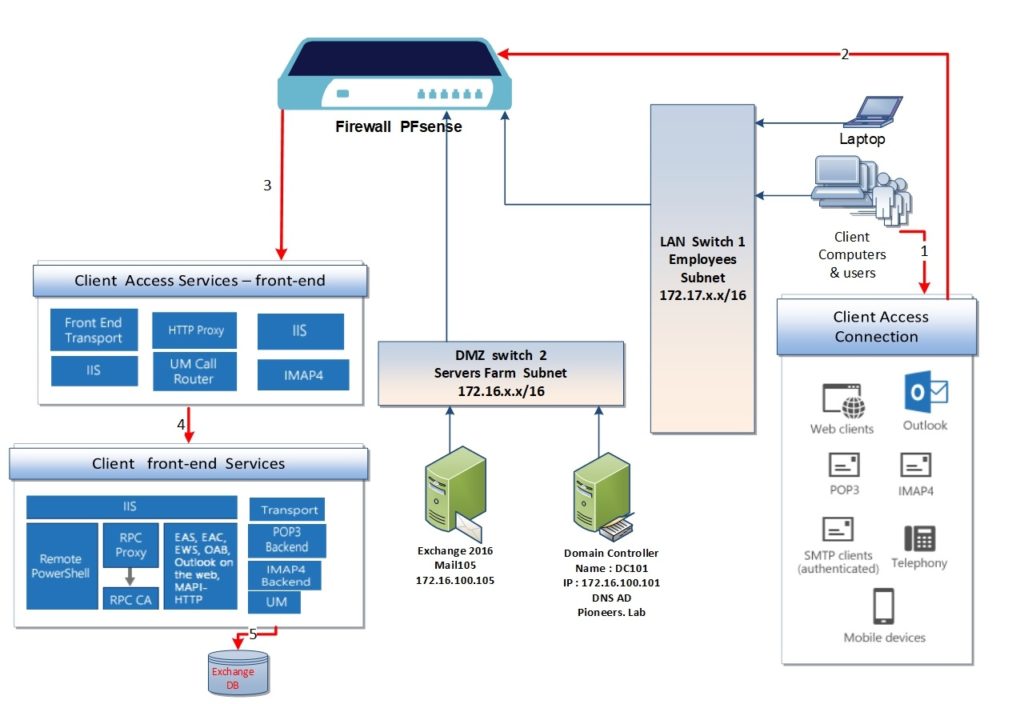Client Access CAS intro
In Exchange Server 2016 : the Client Access server role CAS has been removed and Client Access services are now integrated in the Mailbox server role
The Client Access services layer provides :
- authentication,
- redirection
- , and proxy services
- , and continues to support the protocols Like : HTTP , POP3, IMAP4 , and SMTP
During this article , we will discuss :
- the architecture of Exchange 2016.
- the services provided by the Client Access services layer.
- Describe hardware requirements.
- List the supported client versions.
Exchange 2016 New Structure services
To continue to support the [HTTP, POP3, IMAP4, and SMTP protocols] : The Client Access services provide:
- authentication,
- redirection
- and proxy services,
. Therefore, all the logic previously handled by the CAS role for [routing, rendering, and storing data] is now handled entirely within the Exchange 2016 Mailbox serve
Exchange Front-end and back-end services
Exchange server 2016 has two layers of services
- The Client Access services , or called [ front-end services ]
- Backend Services
Clients never initiate a direct connection to the back-end services on the Mailbox server, in any scenario.
Client send request to front-end services by one of the following :
- Web client OWA
- Outlook
- POP3
- IMAP4
- SMTP client for authentication
- Telephony for UM
- Mobile devices [ active synch ]
The front-end, services accept connection from client by :
- HTTP Proxy,
- IIS,
- POP3,
- IMAP4,
- Front End Transport,
- and UM Call Router.
- Please note also : The front end layer can also accept and establish SMTP connections from other SMTP servers on the Internet.
Then front end services route connection to back end services which include the following services
- UN
- Transport
- POP backend
- IMAP backend
- IIS with all its subsites like : [ OWA , ECP ,EAC , MAPI , outlook over web ]
Storing of user data and message queuing are handled by services in the back-end layer of the Exchange 2016 Mailbox server


